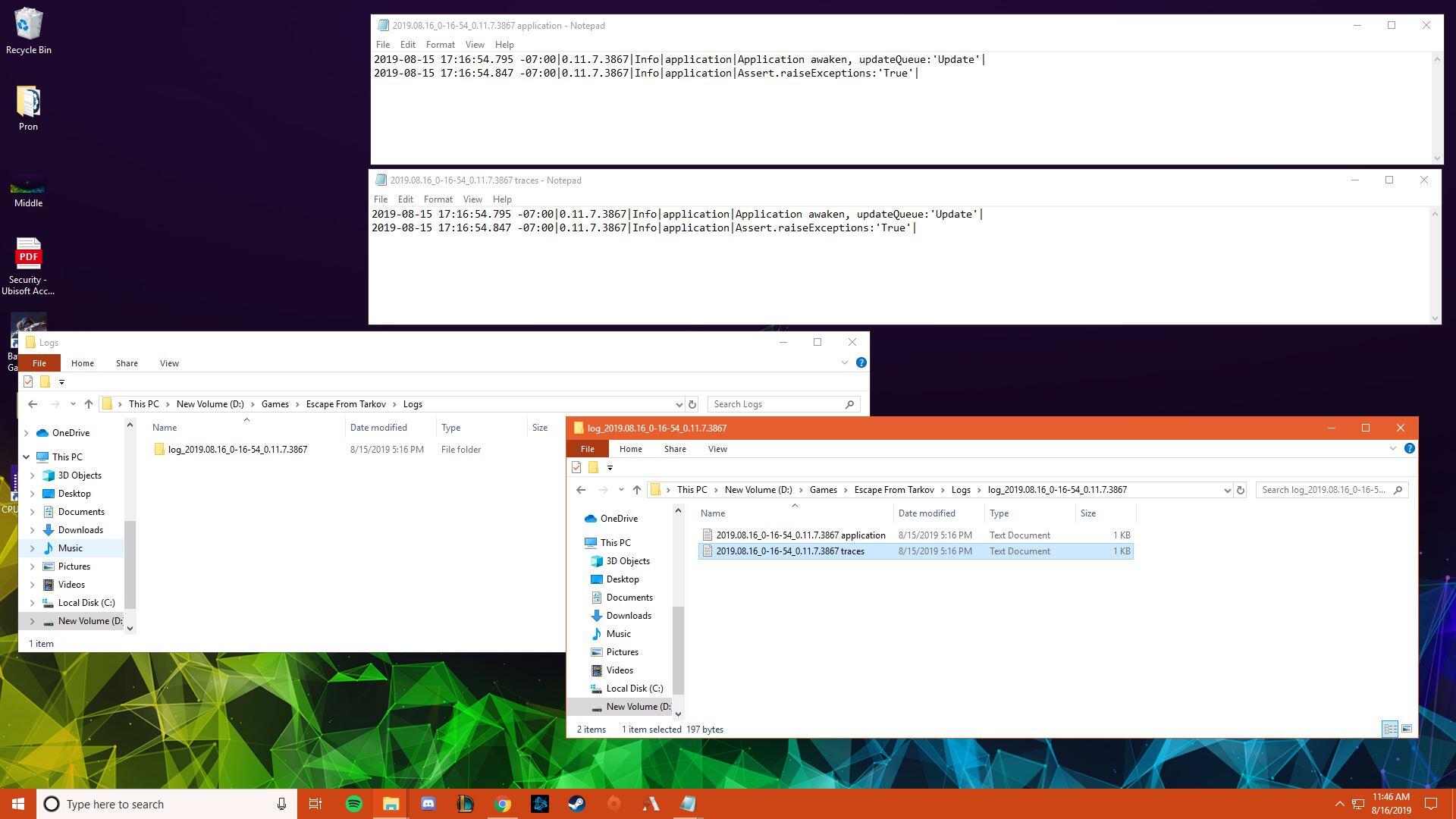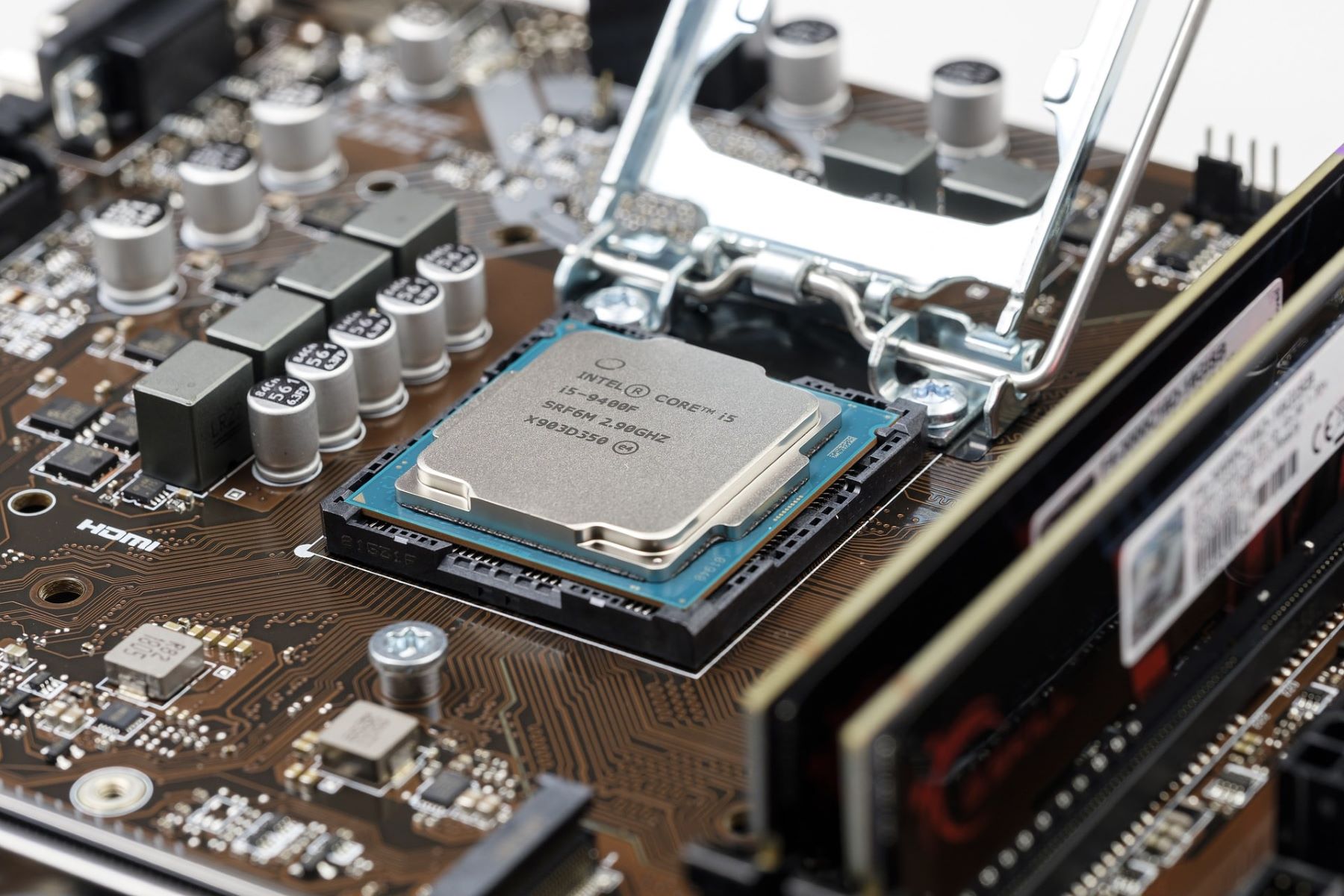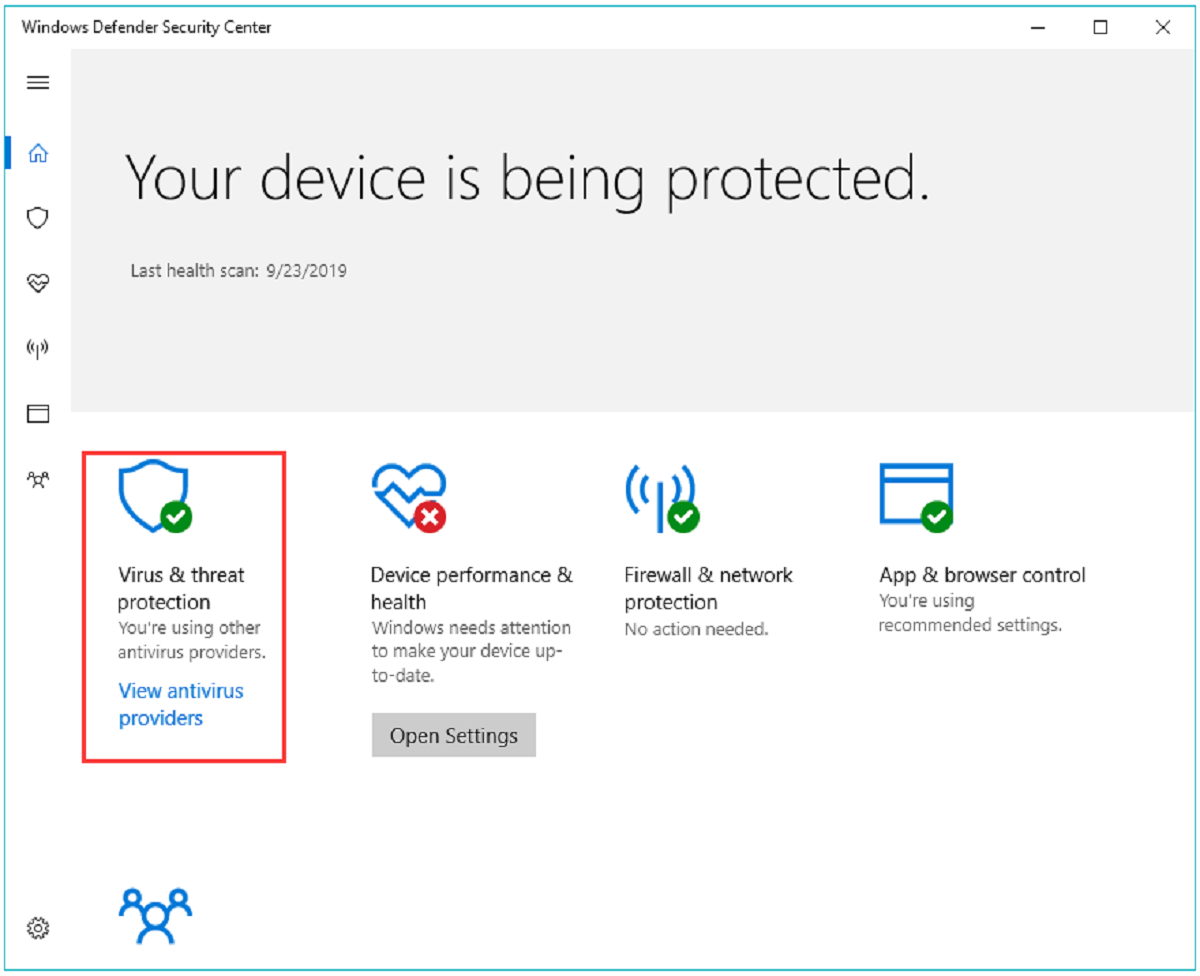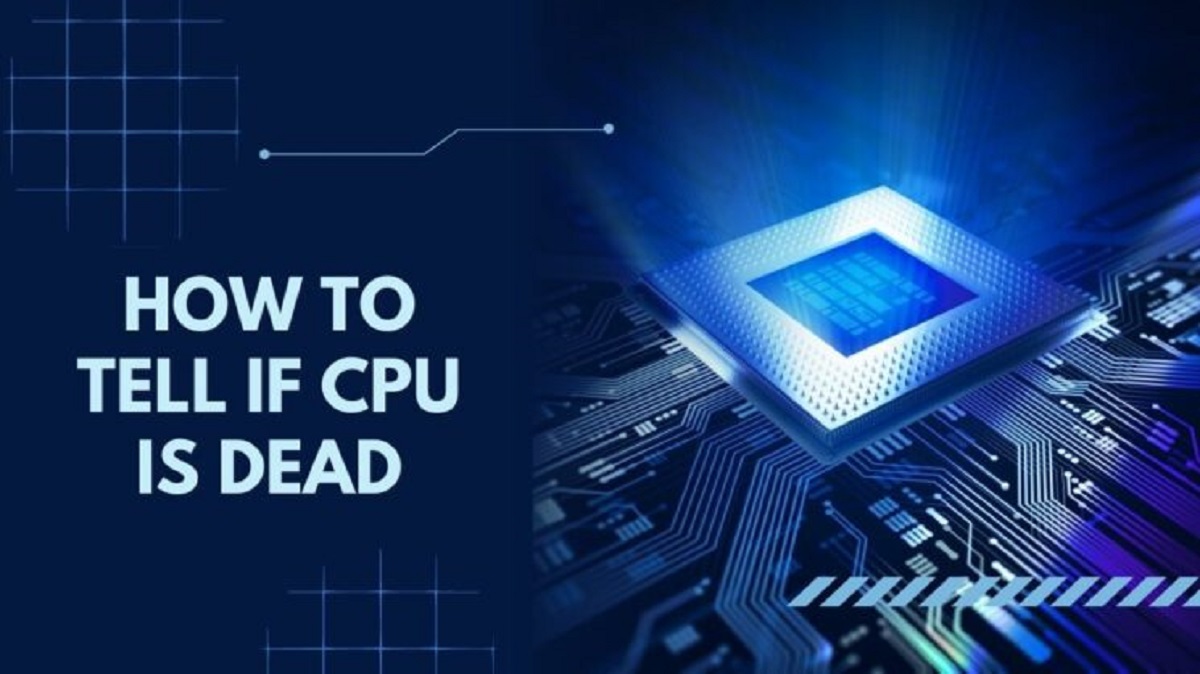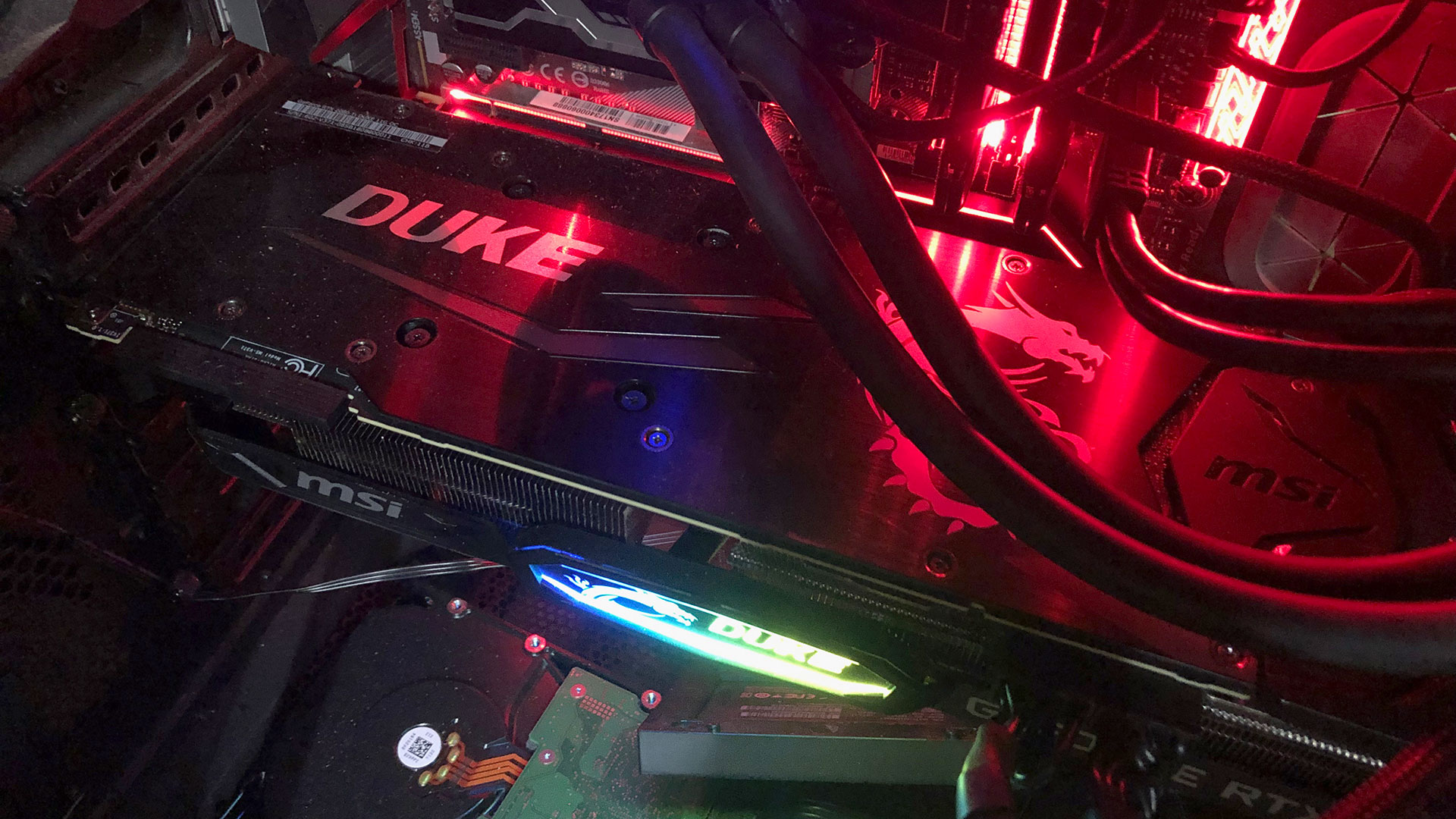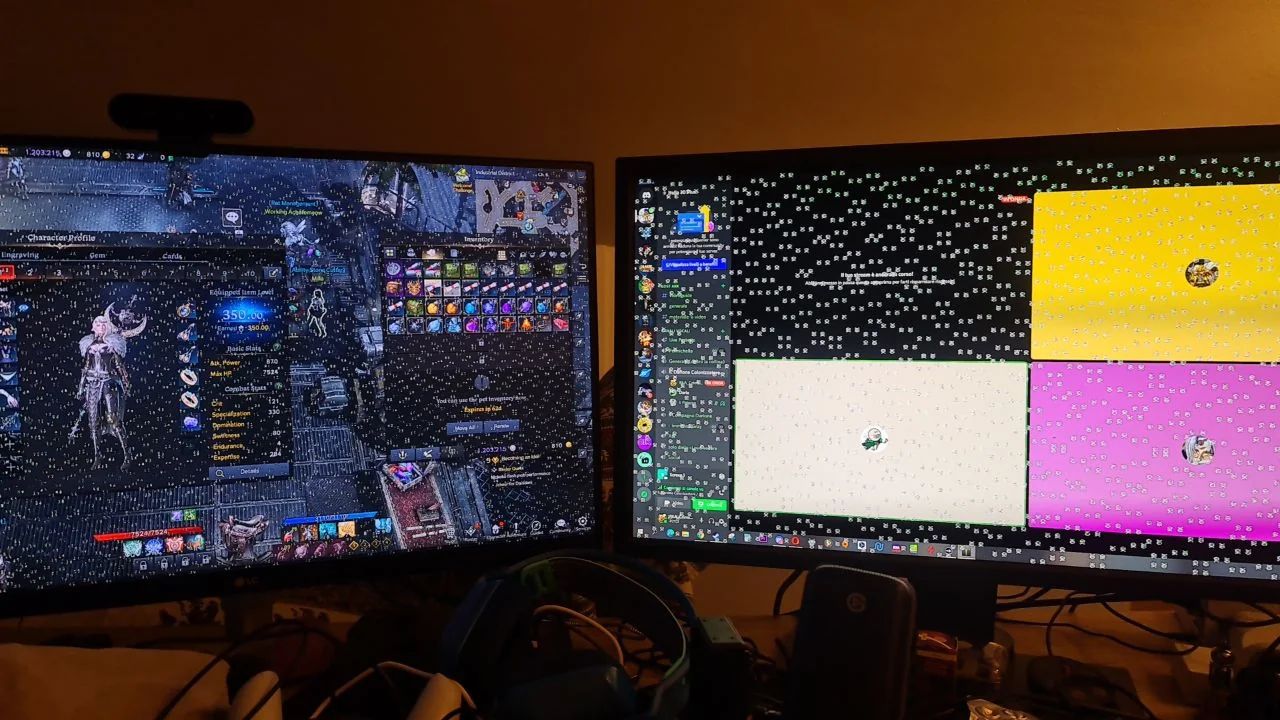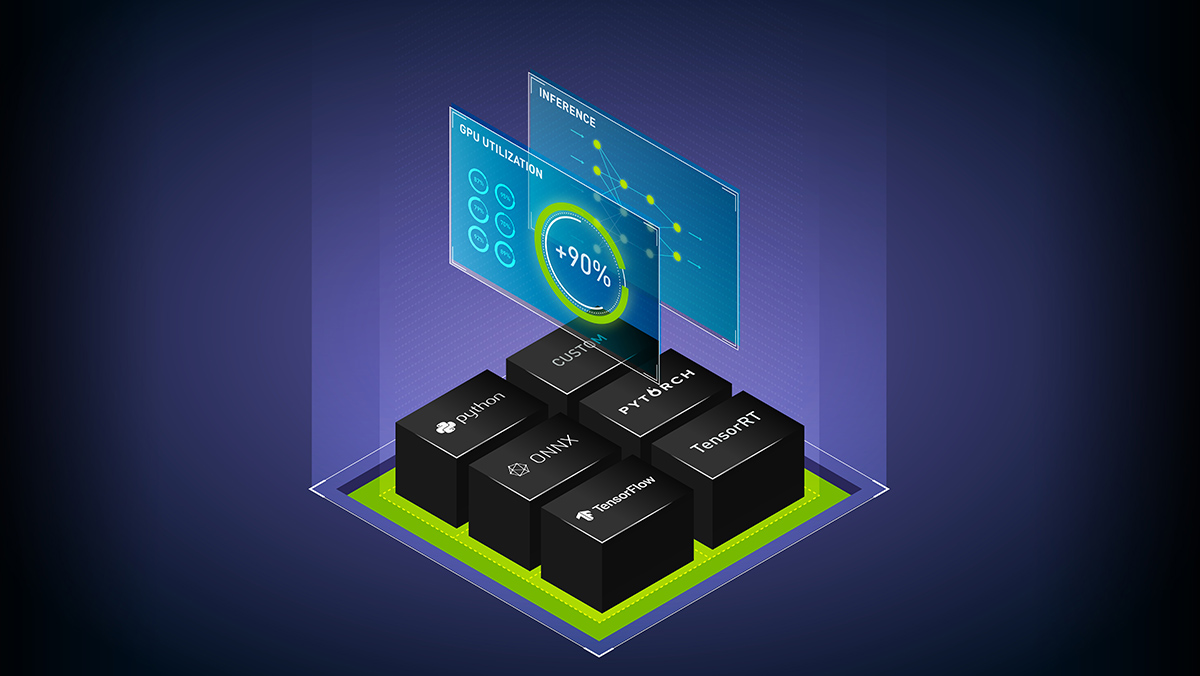Common Causes of Graphics Card Crashes
Graphics card crashes can be frustrating and disruptive, especially when you’re in the middle of a game or working on an important project. Understanding the common causes of these crashes can help you troubleshoot and prevent them from happening in the future. Here are some of the main culprits behind graphics card crashes:
- Overheating: One of the most common causes of graphics card crashes is overheating. Graphics cards generate a significant amount of heat during operation, and if not properly cooled, can reach temperatures that cause instability. Dust accumulation, inadequate cooling systems, and overclocking are common factors that contribute to overheating.
- Outdated Graphics Card Drivers: Graphics card drivers are software programs that communicate between the operating system and the graphics card. Outdated drivers can cause compatibility issues, performance degradation, and even crashes. It’s essential to regularly update your graphics card drivers to ensure optimal performance and stability.
- Inadequate Power Supply: Graphics cards require a sufficient power supply to operate smoothly. If your power supply unit (PSU) is underpowered or malfunctioning, it can result in power fluctuations that cause crashes. Make sure to use a PSU that meets the power requirements of your graphics card.
- Overclocking: Overclocking, the process of increasing a graphics card’s clock speed, can enhance performance but also introduces instability. Pushing your graphics card beyond its limits can lead to crashes and system instability. If you experience crashes while overclocking, consider returning to the default clock speed.
- Hardware Issues: Faulty or failing hardware components can also be responsible for graphics card crashes. This includes issues with the graphics card itself, such as a faulty GPU or malfunctioning VRAM. Additionally, problems with other system components like the motherboard or RAM can indirectly impact the performance of the graphics card and lead to crashes.
- Virus or Malware Infections: Viruses and malware can compromise the stability of your system, including your graphics card. Malicious programs can interfere with the proper functioning of your graphics card drivers, leading to crashes. Ensure that you have up-to-date antivirus software installed and regularly scan your system for potential threats.
- Conflicts with Other Software: Certain software programs, such as antivirus software, system utilities, or even incompatible games, can conflict with your graphics card drivers and cause crashes. It’s important to keep all software up to date and check for compatibility issues before installing new programs.
- Faulty Graphics Card: Finally, a faulty graphics card itself can be the culprit behind frequent crashes. If you’ve ruled out all other potential causes and continue to experience crashes, it may be time to consider replacing or repairi
Overheating: A Major Culprit Behind Graphics Card Crashes
Overheating is a common cause of graphics card crashes and can significantly impact the performance and longevity of your graphics card. When a graphics card gets too hot, it can cause instability, artifacting, screen freezing, and even system shutdowns. Understanding the factors that contribute to overheating can help you prevent these issues and ensure optimal graphics card performance.
Dust accumulation is a primary factor that can impede the cooling system of your graphics card. Over time, dust particles can clog the heatsink and fans, preventing proper heat dissipation and airflow. To combat this, regularly clean your graphics card by gently using compressed air to remove the dust. It’s also important to keep your computer in a clean and dust-free environment to minimize the risk of overheating.
Inadequate cooling systems are another potential cause of graphics card overheating. Some graphics cards come with their own cooling systems, such as a fan or heat sink, while others rely on the cooling capabilities of your computer case. If you are experiencing frequent crashes, it may be worth considering upgrading your cooling system. Installing additional case fans or opting for liquid cooling can help dissipate heat more effectively, keeping your graphics card at optimal temperatures.
Another common contributor to overheating is overclocking. Overclocking is the practice of pushing your graphics card beyond its default clock speed to achieve higher performance. While overclocking can provide a noticeable performance boost, it also increases power consumption and generates more heat. If you have overclocked your graphics card, it’s crucial to monitor its temperatures carefully. Use software utilities like MSI Afterburner or GPU-Z to track the temperature readings and make sure they stay within safe limits. If you consistently experience crashes while overclocking, it may be necessary to dial back the clock speeds to maintain stability.
Additionally, ensuring adequate airflow within your computer case is crucial for preventing graphics card overheating. Make sure that the airflow paths are clear and that there are no obstructions blocking the intake or exhaust vents. Positioning your computer in a well-ventilated area and providing proper cable management can also improve airflow and minimize the risk of overheating.
Regular maintenance and monitoring are essential to prevent graphics card overheating. Keep an eye on your graphics card temperatures and take prompt action if you notice any abnormal spikes. By cleaning the card, upgrading cooling systems if necessary, and avoiding excessive overclocking, you can significantly reduce the likelihood of crashes caused by overheating. Keeping your graphics card cool will not only enhance its performance but also extend its lifespan, ensuring a smooth and uninterrupted computing experience.
Outdated Graphics Card Drivers: The Importance of Keeping Them Up to Date
Outdated graphics card drivers can be a major cause of crashes and performance issues. Graphics card drivers are essential software programs that enable communication between your operating system and your graphics card. They provide instructions to the hardware, ensuring that it functions optimally. When drivers become outdated, they can lead to compatibility issues, reduced performance, and even system crashes.
One of the main reasons to keep your graphics card drivers up to date is to ensure compatibility with the latest games, applications, and operating system updates. Game developers often release updates that include optimizations and bug fixes specifically for newer graphics card drivers. By regularly updating your drivers, you can enjoy a smoother gaming experience with improved performance and reduced crashes.
In addition to compatibility, updating your graphics card drivers can also provide performance enhancements. Driver updates may include performance optimizations and bug fixes that can help boost your graphics card’s efficiency and overall system performance. By keeping your drivers up to date, you can unlock the full potential of your graphics card and experience improved graphics rendering, faster frame rates, and better visual quality.
Another important reason to update your graphics card drivers is that newer versions often address known issues and security vulnerabilities. As new software and technology evolve, older graphics card drivers may encounter compatibility problems or become susceptible to security breaches. Developers continually work on enhancing the stability and security of their drivers, and updates are released to address any identified issues. By staying up to date with the latest drivers, you can ensure that your graphics card is protected and performs optimally.
Updating your graphics card drivers is a relatively simple process. Most graphics card manufacturers provide driver update software that scans your system for the latest drivers and installs them automatically. Alternatively, you can visit the manufacturer’s website and manually download the latest driver version. Make sure to select the correct driver for your specific graphics card model and operating system.
Regularly checking for driver updates and keeping your graphics card drivers up to date can help prevent crashes, optimize performance, and ensure compatibility with the latest software and games. Set a reminder to check for updates periodically or consider enabling automatic updates for your graphics card drivers. By taking this proactive approach, you can enjoy a smoother and more stable computing experience with your graphics card.
Inadequate Power Supply: How it Can Affect Graphics Card Performance
An inadequate power supply can have a significant impact on the performance and stability of your graphics card. Graphics cards require a stable and sufficient power supply to function optimally. Insufficient power delivery can lead to various issues, including system crashes, display artifacts, and reduced performance.
The power requirements of graphics cards can vary depending on the model and specifications. It is crucial to ensure that your power supply unit (PSU) can deliver enough power to meet the demands of your graphics card. If the PSU is underpowered, it may struggle to provide the necessary voltage and current to the graphics card, resulting in instability and crashes.
To determine if your power supply is adequate for your graphics card, check the recommended power requirements provided by the manufacturer. This information can usually be found on the product packaging or the manufacturer’s website. Ensure that your PSU meets or exceeds these requirements to avoid power-related issues.
In addition to the overall power rating of the PSU, the number and quality of the power connectors can also play a role in graphics card performance. Some high-end graphics cards require additional power connectors, such as 6-pin or 8-pin connectors, to deliver supplementary power directly to the card. Ensure that your PSU has the necessary connectors and that they are properly connected to the graphics card. Loose or insufficiently connected power connectors can cause intermittent power delivery issues and lead to crashes.
It is also important to consider the quality and stability of the power supply. Lower-quality or generic PSUs may fluctuate in voltage output, causing instability in the system. Investing in a reliable and reputable PSU can help ensure a stable and clean power supply to the graphics card, minimizing the risk of crashes and performance issues.
Inadequate power supply can also impact the performance of the entire system, not just the graphics card. Insufficient power may result in reduced CPU performance, slower memory speeds, and overall system instability. To avoid these issues, it is essential to choose a PSU with enough wattage to support the entire system, including the graphics card.
If you suspect that an inadequate power supply is causing crashes or performance issues with your graphics card, consider upgrading to a higher-capacity PSU that meets the power requirements of your graphics card and your entire system. It is always better to have some extra headroom in terms of power supply to accommodate future upgrades or additions to your system.
By ensuring that your graphics card receives a stable and sufficient power supply, you can optimize its performance and reduce the risk of crashes and instability. A properly sized and high-quality power supply is essential for a smooth and reliable computing experience.
Overclocking: Pushing Your Graphics Card Too Far
Overclocking is the process of increasing the clock speed of your graphics card beyond the manufacturer’s specifications in order to achieve higher performance. While overclocking can provide a noticeable boost in gaming performance and graphics rendering, it also comes with certain risks and can lead to system crashes if done improperly.
When you overclock a graphics card, you essentially increase the speed at which it processes information. This can lead to faster frame rates, smoother gameplay, and improved overall performance in graphically demanding applications. However, pushing your graphics card too far beyond its default clock speed can cause stability issues and crashes.
Stability is a crucial factor when it comes to overclocking. Each graphics card has a limit to how much it can be overclocked before it becomes unstable. This limit varies depending on factors such as the quality of the GPU silicon and the efficiency of the cooling system. It is important to find the right balance between performance and stability when overclocking.
One common consequence of overclocking is increased heat generation. As you increase the clock speed, the graphics card requires more power and produces more heat. If not properly managed, this can lead to overheating and instability. It is vital to monitor your graphics card’s temperatures and ensure that they stay within safe limits, even under heavy load.
To overclock your graphics card safely, you can use specialized software such as MSI Afterburner or EVGA Precision X. These programs allow you to adjust core clock, memory clock, and other parameters to achieve the desired overclock. It is recommended to increase the clock speed in small increments and test for stability after each change. This way, you can identify the maximum stable overclock for your specific graphics card.
If you experience crashes, artifacts, or system instability while overclocking, it is a clear sign that you have pushed your graphics card too far. In such cases, it is advisable to revert the clock speeds back to default values to restore stability.
It is also important to note that overclocking your graphics card may void its warranty. Manufacturers typically do not cover any damages caused by overclocking, as it puts additional stress on the hardware. If you decide to overclock your graphics card, it is crucial to do your research, understand the potential risks, and accept the responsibility for any consequences.
Overall, overclocking can be a great way to squeeze extra performance out of your graphics card. However, it requires careful consideration, monitoring, and testing to ensure stability and prevent crashes. By finding the right balance between performance and stability and keeping a close eye on temperatures, you can enjoy the benefits of overclocking without compromising the longevity or reliability of your graphics card.
Hardware Issues: When Components Fail and Cause Crashes
Hardware issues can often be to blame when your graphics card frequently crashes. Over time, components within your computer can deteriorate or fail, causing instability and system crashes. It’s important to understand the potential hardware issues and how they can impact the performance of your graphics card.
One common hardware issue is a failing or faulty graphics card. Graphics cards have various components, such as the GPU (Graphics Processing Unit) and VRAM (Video Random Access Memory), that can degrade over time. Signs of a failing graphics card may include artifacts on the screen, random crashes, or distorted graphics. If you suspect that your graphics card is the cause of frequent crashes, it may be necessary to replace it with a new one.
In addition to the graphics card, other system components can also contribute to crashes. The motherboard, for example, can develop issues that affect the overall stability of the system. Problems with the motherboard’s power delivery or memory slots can lead to graphics card crashes. If you suspect that the motherboard is causing the crashes, it’s advisable to consult a professional for further diagnosis and potential replacement.
Another component that can cause crashes is the RAM (Random Access Memory). Faulty or mismatched RAM modules can result in memory errors, leading to system instability and crashes. It’s important to ensure that you have compatible and properly functioning RAM modules installed. Running a memory diagnostic tool, such as Memtest86, can help identify potential issues with your RAM.
The power supply unit (PSU) is another critical component that can impact the stability of your graphics card. A failing or inadequate PSU may not provide consistent and clean power, leading to crashes and system instability. Upgrading to a higher-quality and properly rated PSU can help resolve these issues.
Overheating, as mentioned earlier, can also be caused by hardware issues. Dust accumulation can clog fans and heatsinks, impeding proper heat dissipation and causing the graphics card to overheat. Regularly cleaning your computer and ensuring adequate airflow can help mitigate this problem.
When experiencing frequent crashes, it’s crucial to isolate the hardware issue by eliminating software-related factors. Updating drivers, performing malware scans, and checking for software conflicts can help rule out these potential causes. If crashes persist after addressing these software-related issues, it becomes increasingly likely that the problem lies with a hardware component.
If you suspect hardware issues as the cause of crashes, it’s recommended to seek professional assistance or consult with the manufacturer for further troubleshooting. They can help diagnose the specific hardware component causing the crashes and guide you through the process of repair or replacement.
Remember, hardware issues are an unavoidable part of owning a computer, and components can fail over time. By promptly addressing hardware issues, you can ensure the stability and longevity of your graphics card and overall system performance.
Virus or Malware Infections: How They Impact Graphics Card Stability
Virus or malware infections can have far-reaching consequences on the overall stability and performance of your computer, including the functionality of your graphics card. These malicious programs can exploit vulnerabilities in your system, compromise essential files, and interfere with the proper functioning of your graphics card drivers. Understanding how virus or malware infections can impact graphics card stability is crucial for preventing crashes and maintaining a secure computing environment.
One way that viruses or malware can affect your graphics card is through the modification or corruption of graphics card drivers. Graphics card drivers are software programs that enable communication between your operating system and your graphics card. By tampering with or replacing these drivers, malware can disrupt the communication and cause instability in the graphics card’s performance.
In some cases, viruses or malware might specifically target the GPU (Graphics Processing Unit) itself. By exploiting vulnerabilities within the GPU, they can gain control over its operations and inject malicious code, leading to crashes or system instability. These attacks typically require advanced techniques and are less common compared to driver-based attacks.
Malware can also utilize your graphics card’s resources for their own malicious activities, such as mining cryptocurrencies or participating in distributed denial-of-service (DDoS) attacks. These activities can significantly impact the graphics card’s performance, causing it to run at full capacity and potentially overheat. Excessive utilization of the graphics card’s resources may lead to crashes or system freezes.
Moreover, malware infections can compromise the overall security of your system, making it more vulnerable to further attacks. This, in turn, can impact the stability of your graphics card and the overall performance of your computer. For example, malware can create a botnet, which is a network of infected computers controlled by a central server. These botnets can distribute tasks to the compromised computers, potentially overwhelming your system’s resources and causing crashes or slowdowns.
Preventing virus or malware infections is essential for maintaining the stability of your graphics card. It is crucial to have up-to-date antivirus software installed on your computer and to regularly scan for potential threats. Keep your operating system, software applications, and graphics card drivers updated to ensure you have the latest security patches and bug fixes.
Practicing safe browsing habits is another crucial step in preventing malware infections. Be cautious when downloading files, avoid visiting suspicious websites, and be wary of email attachments or links from unknown sources. Exercise caution when installing software and ensure that you download it from reputable sources.
In the unfortunate event that your computer becomes infected with malware, it is vital to take immediate action. Quarantine and remove the malware using your antivirus software, and consider seeking professional help if needed. Restoring your system to a previous backup or reinstalling your operating system may be necessary to ensure complete removal of the infection and restore stability.
By taking proactive measures to prevent virus or malware infections, you can help maintain the stability and performance of your graphics card. Regularly update your software, practice safe browsing habits, and have a reliable antivirus software in place. By doing so, you can minimize the risk of crashes and protect your computer from unauthorized access or malicious activities.
Conflicts with Other Software: Identifying and Resolving Compatibility Issues
Conflicts with other software can often lead to graphics card crashes and performance issues. Different software programs, including antivirus software, system utilities, and even certain games, can sometimes conflict with the drivers and settings of your graphics card, resulting in instability. Identifying and resolving these compatibility issues is crucial for maintaining a stable and optimal computing experience.
One common cause of conflicts is outdated or incompatible software. Graphics card drivers are often updated to improve performance, fix bugs, and enhance compatibility with the latest software releases. If you’re experiencing crashes or performance issues, it’s important to ensure that your graphics card drivers are up to date. Check the manufacturer’s website or use driver update software to download and install the latest drivers.
Antivirus software can also be a source of conflicts. Some antivirus programs include features that monitor and block certain processes or file access, which can interfere with the functioning of graphics card drivers. If you suspect that your antivirus software is causing conflicts, try temporarily disabling it or adding exceptions for the graphics card drivers and associated software. If the crashes stop after disabling the antivirus software, consider switching to a different program or contacting the antivirus vendor for assistance.
System utilities, such as overclocking tools or system management software, can also lead to conflicts with graphics card drivers. These utilities may try to control or manipulate settings that overlap with the functionalities of the graphics card drivers, causing instability or crashes. If you have any system utilities installed, try disabling or exiting them to see if the crashes persist. Updating the utilities to their latest versions can also help resolve compatibility issues.
In some cases, conflicts may arise with specific games or applications. This can be due to outdated or incompatible game patches, conflicting software requirements, or issues with specific graphics settings. One approach to resolving these conflicts is to check for game updates and patches, as they often include compatibility fixes. Adjusting the graphics settings within the game can also help identify and resolve conflicts. If the crashes persist with a particular game or application, contacting the game’s support or forums for assistance can provide insights and potential solutions.
Keeping all your software up to date is essential for preventing compatibility issues. Regularly check for updates for your operating system, graphics card drivers, and other software programs. This ensures that you have the latest features, bug fixes, and compatibility improvements.
If you’re unable to resolve compatibility issues on your own, it may be necessary to seek assistance from technical support or forums dedicated to graphics card-related discussions. These resources can provide guidance on specific conflicts and offer step-by-step troubleshooting instructions.
By identifying and resolving conflicts with other software, you can ensure a stable and optimized performance of your graphics card. Keeping all your software up to date and being proactive in addressing compatibility issues will help minimize crashes and allow you to enjoy a smooth computing experience.
Faulty Graphics Card: Signs to Watch Out For
A faulty graphics card can be a frustrating and disruptive issue that can lead to crashes, visual artifacts, and overall poor performance. It’s important to be aware of the signs that indicate a potential problem with your graphics card. By recognizing these signs, you can take appropriate action to diagnose and address the issue.
One common sign of a faulty graphics card is the appearance of visual artifacts on the screen. These can manifest as flickering, horizontal or vertical lines, distortion, or unexpected colors. If you notice these anomalies consistently, it is often an indication of a problem with the graphics card’s hardware.
System crashes are another common symptom of a faulty graphics card. These crashes can occur at any time, from the moment you turn on your computer to during gameplay or even when performing simple tasks. If you experience frequent crashes that do not seem to be related to other factors, such as software conflicts or overheating, it is worth investigating the graphics card as a potential root cause.
Overheating is closely tied to graphics card performance and stability. If your graphics card is consistently running at high temperatures or you notice sudden spikes in temperature during normal usage, it could be an indication of a faulty cooling system or other hardware issues. Unusually loud or irregular fan noises can also be a sign of a struggling or failing cooling system.
Performance degradation is another potential indicator of a faulty graphics card. You may notice a significant drop in frame rates, slower rendering, or unusual lag during gaming or graphic-intensive tasks. These performance issues can occur even with games or applications that previously ran smoothly. Regular benchmarking or performance monitoring can help identify any sudden drops in graphics card performance.
Another sign of a faulty graphics card is system instability. This can manifest as frequent freezes, abrupt shutdowns, or the computer not booting up properly. If you experience any of these issues, it is important to investigate potential hardware problems, including the graphics card.
It’s important to note that some issues, such as crashes or performance drops, can be caused by factors other than a faulty graphics card. Software conflicts, outdated drivers, or other hardware components can also contribute to these problems. Therefore, it is crucial to perform thorough troubleshooting to narrow down the root cause.
If you suspect that your graphics card is faulty, there are a few steps you can take to confirm the issue. Start by updating your graphics card drivers and checking for any software conflicts. Make sure your graphics card is properly seated in its slot and that all connections are secure. If the issues persist, you may consider testing the graphics card in another compatible system or consulting with a professional technician for further diagnosis.
If it is determined that your graphics card is indeed faulty, depending on the warranty and repair options available, you may need to replace it with a new unit or seek repair services. In some cases, if the graphics card is no longer covered by warranty, it may be more cost-effective to invest in a new graphics card.
By recognizing the signs of a faulty graphics card and taking appropriate action, you can address the issue and restore optimal performance to your system. Regular maintenance, such as keeping the card clean and monitoring temperatures, can also help prevent potential hardware issues in the future.
Troubleshooting Tips to Fix Graphics Card Crashes
Experiencing graphics card crashes can be frustrating, but there are several troubleshooting steps you can take to diagnose and resolve the issue. By following these tips, you can potentially fix the crashes and restore stability to your system.
1. Update Graphics Card Drivers: Outdated or incompatible graphics card drivers can cause crashes. Visit the manufacturer’s website or use driver update software to download and install the latest drivers for your graphics card. This can resolve compatibility issues and improve overall performance.
2. Check for Overheating: Overheating can lead to graphics card crashes. Make sure that your graphics card is adequately cooled and that the fans are functioning properly. Clean any dust or debris from the graphics card and ensure that airflow within your computer case is optimal.
3. Remove and Reinstall Graphics Card: Sometimes, reseating the graphics card can help resolve connection-related issues. Carefully remove the graphics card from its slot, clean the contacts, and reinsert it firmly. Ensure that all power connections are secure.
4. Disable Overclocking: If you have overclocked your graphics card, revert the clock speeds back to default values. Overclocking can cause instability and crashes. Monitor the temperatures during normal usage to ensure that they stay within safe limits.
5. Check for Software Conflicts: Certain software programs, such as antivirus software or utilities, can conflict with graphics card drivers. Temporarily disable or uninstall any software that may be causing conflicts and see if the crashes persist. Reinstalling the software with updated versions can also help resolve compatibility issues.
6. Scan for Malware: Viruses or malware infections can cause graphics card crashes. Use up-to-date antivirus software to scan your system and remove any detected threats. Regularly scanning your system can help prevent future infections and maintain system stability.
7. Perform System File Check: Corrupted system files can also contribute to graphics card crashes. Run a system file check to identify and repair any corrupted files. Open the Command Prompt as an administrator and run the “sfc /scannow” command to initiate the scan.
8. Test in Safe Mode: Booting your computer in Safe Mode can help determine if the crashes are caused by software conflicts. If your graphics card works fine in Safe Mode, it suggests that a software program or driver installed on your system is causing the crashes. Reinstall or update the problematic software to resolve the issue.
9. Monitor Hardware Temperatures: Use monitoring software to track the temperatures of your CPU, GPU, and overall system. Elevated temperatures can lead to crashes. If you notice excessive heat, consider improving cooling, such as adding additional fans or upgrading your cooling system.
10. Consult with Technical Support: If you have tried all the troubleshooting steps but the graphics card crashes persist, it may be necessary to seek assistance from the manufacturer’s technical support. They can provide further guidance specific to your graphics card and help diagnose any hardware-related issues.
Remember to test your system after applying each troubleshooting step to identify if the issue has been resolved. Patience and systematic troubleshooting can often lead to the discovery of the underlying causes of graphics card crashes and their subsequent resolution.







